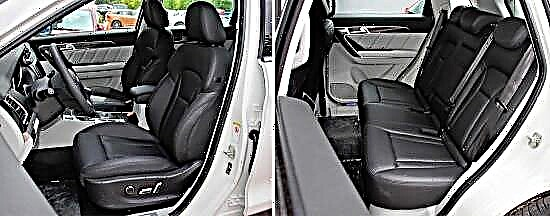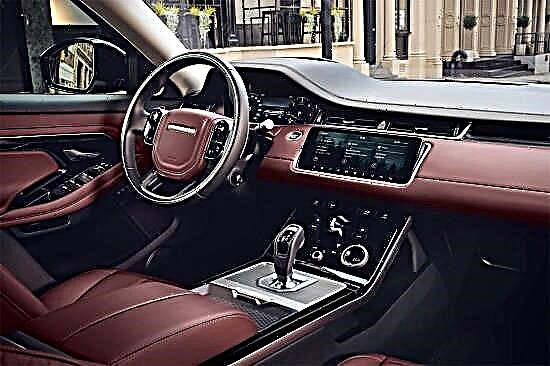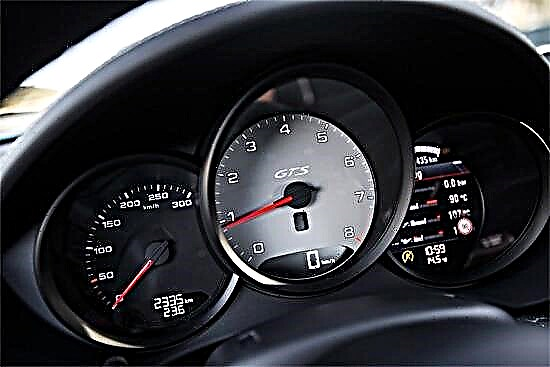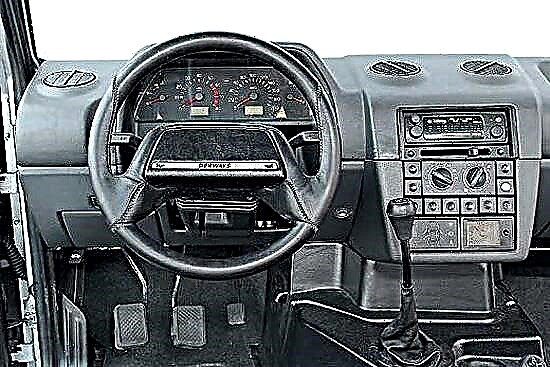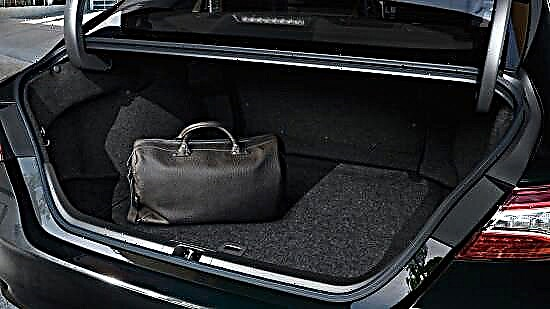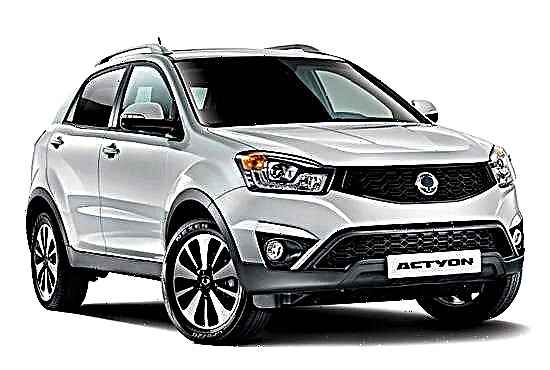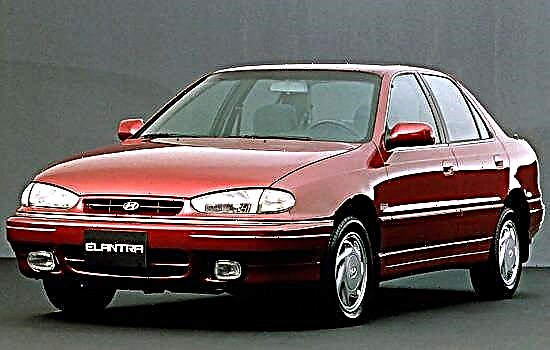The first generation of the Elantra sedan was presented to the public in the fall of 1990 as part of the Geneva Shows, and a year later it entered mass production, surviving from the Hyundai Stellar assembly line. During its life cycle, the car was updated three times (in 1992, 1993 and 1994), and in 1995 its production was discontinued due to the appearance of the next generation model.
"Pervaya Elantra" is a representative of the popular "golf" -class, available exclusively in a three-volume body.

Size and weight
The overall dimensions of the car are as follows: 4405 mm in length, 1680 mm in width, 1390 mm in height, the size of the wheelbase is 2500 mm, and the ground clearance is 150 mm.
Depending on the version, the curb weight of the "Elantra" varies from 1040 to 1144 kilograms.
Specifications
Three licensed Mitsubishi gasoline engines were installed on the Korean sedan, since Hyundai did not produce its own engines at that time:
- The basic version is a four-cylinder 8-valve "aspirated" with a volume of 1.5 liters, generating 84 horsepower and 124 Nm of torque.
- An intermediate 1.6-liter 16-valve unit is considered, the output of which has 114 "mares" and 139 Nm of torque.
- A 1.8-liter "four" with a 16-valve timing belt with a capacity of 127 forces with a potential of 165 Nm acts as a "top-end".
There are two gearboxes - a 5-speed manual gearbox and a 4-range automatic gearbox, only front-wheel drive.
Design features
The arsenal of the first generation Hyundai Elantra includes a fully independent suspension with coil springs and anti-roll bars.
The steering system "flaunts" a hydraulic booster, and the brake package is formed by the front disc and rear drum devices.
Advantages and disadvantages
Among the advantages of the 1st generation Elantra, the owners point out good looks, sufficient space in the cabin, good dynamics, low fuel consumption, inexpensive maintenance, comfortable suspension and good equipment for a car of this year of manufacture.
There are also shortcomings - frequent minor breakdowns, a modest luggage compartment, cheap finishing materials and a thoughtful "automatic".

